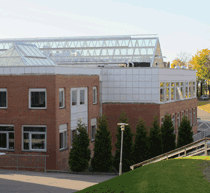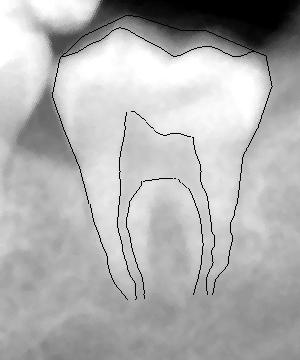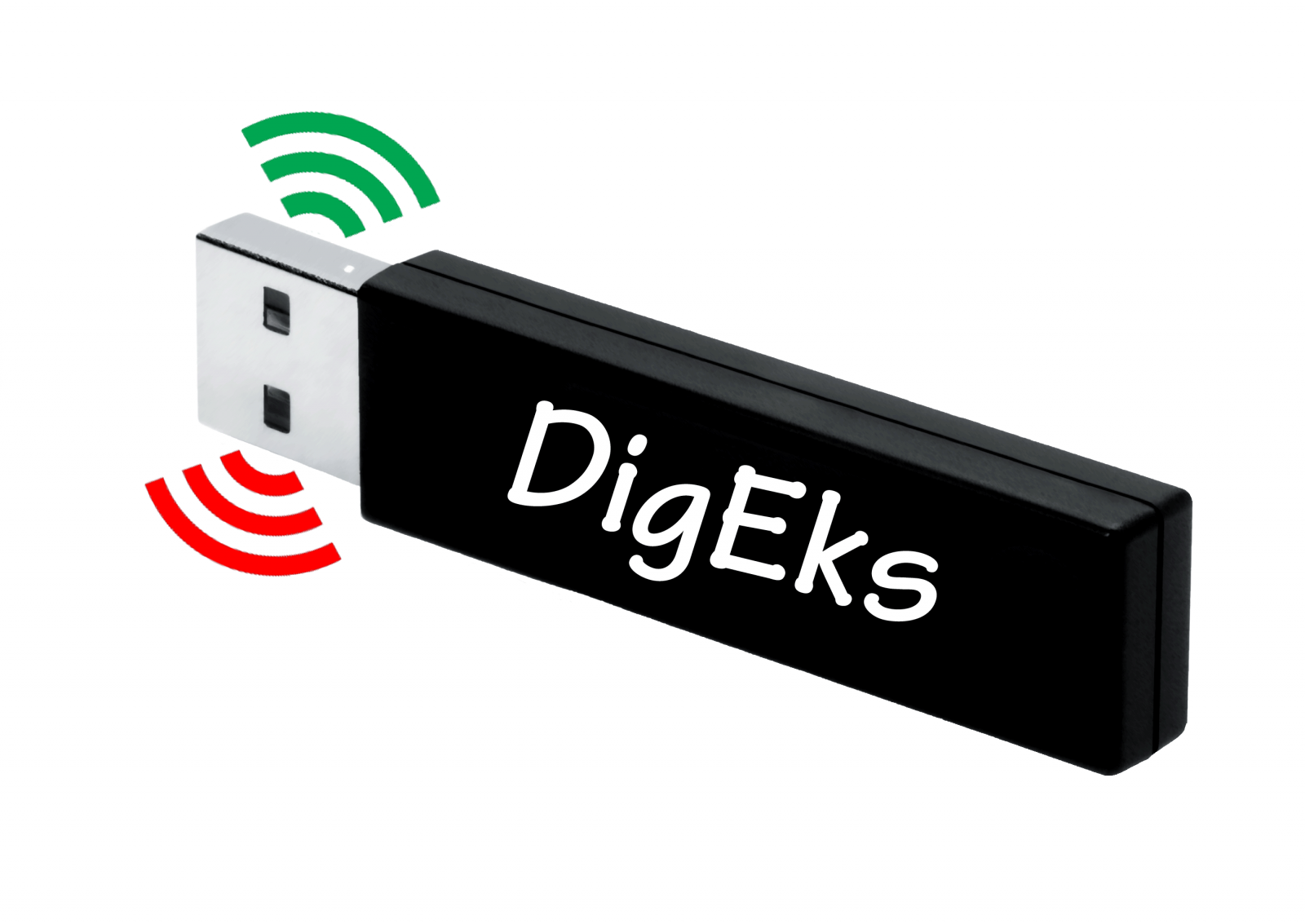Oversikt over NRs prosjekter
Oversikt over NRs prosjekter
For å se på et mindre utvalg av prosjekter innenfor en avdeling eller forskningsområde, kryss av på de aktuelle boksene. Hvis flere bokser avmerkes, vil søket gi prosjekter som tilfredsstiller minst en av de avkryssede boksene i hver av søylene med avkryssede bokser.
Sider
Sider




 The project develops an exam system for Norwegian schools. The main purpose of the exam system is to provide a user interface for the exam candidates where it is possible to restrict the use of applications, hard drives and communication interfaces like Bluetooth or wireless zones other than the school's own network. The exam system is developed as a free and open source system on the basis of the Linux distribution Ubuntu.
The project develops an exam system for Norwegian schools. The main purpose of the exam system is to provide a user interface for the exam candidates where it is possible to restrict the use of applications, hard drives and communication interfaces like Bluetooth or wireless zones other than the school's own network. The exam system is developed as a free and open source system on the basis of the Linux distribution Ubuntu. Hvordan komme til NR
Hvordan komme til NR Del på sosiale media
Del på sosiale media Personvernerklæring
Personvernerklæring